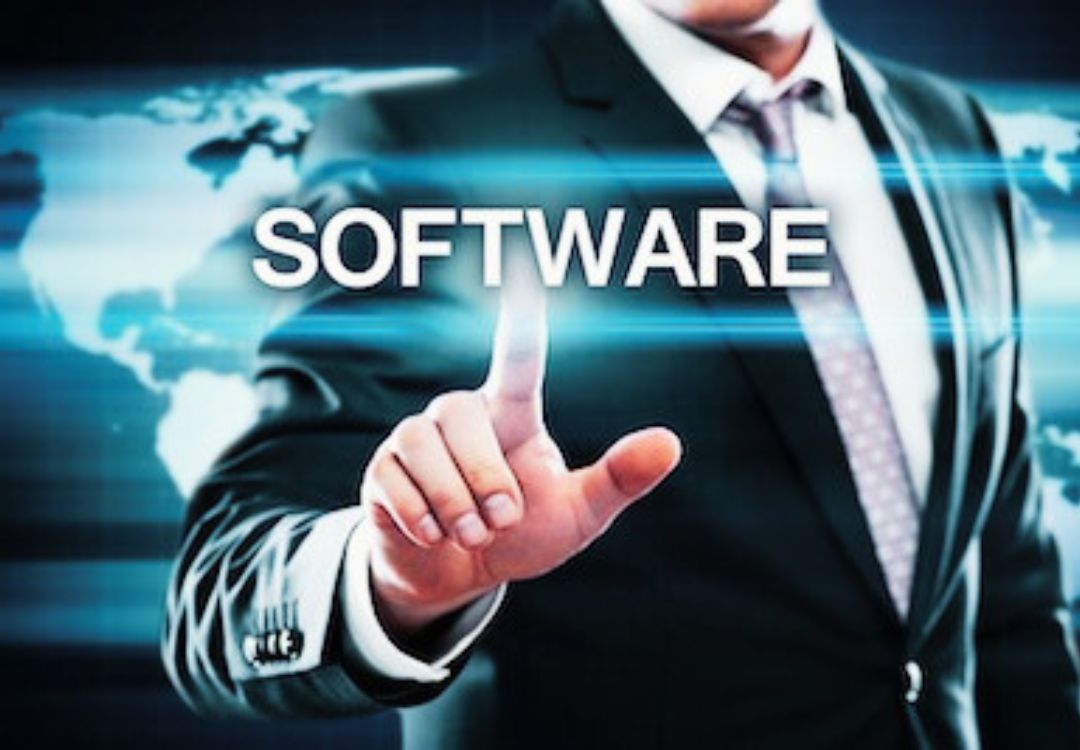How to obtain a software patent: Navigating a Path to Success

Navigating the path of obtaining software patents can be a complex and challenging process due to the nuanced nature of software-related inventions and varying legal standards across jurisdictions. Here's a comprehensive guide for innovators to help them understand and successfully navigate the software patent process. The guide covers everything from determining patent eligibility to drafting and filing a strong patent application.
Understanding software patents
What is considered a software patent? It is a legal protection granted for a novel and non-obvious method, system, or process implemented through software.
Patentability Criteria:
Novelty: The software must be new and not known or used by others before the filing date.
Non-Obviousness: The invention must not be an obvious improvement or combination of existing technologies for someone skilled in the field.
Utility: The software must have a specific, substantial, and credible utility.
Patentable Subject Matter: The software must fall within the patentable categories defined by the respective patent office, typically excluding abstract ideas, mathematical algorithms, and mere business methods.
Preparing for a Software Patent Application
Conduct a prior art search:
Research existing patents, publications, and products to ensure your software invention is unique. This helps in avoiding infringement and identifying the scope of your patent.
Define your invention clearly:
Prepare a detailed description of your software, focusing on the technical solution it provides, the problem it solves, and its novel aspects.
Determine patentability:
Assess whether your software invention can be patented under the laws of the jurisdiction where you plan to file. For example, in the U.S., software must be tied to a particular machine or result in a physical transformation.
Drafting and Filing a Patent Application
Abstract: A summary of the invention.
Background: Discusses the field of invention and existing problems or solutions.
Claims define the scope of patent protection. Claims are the most critical part and must be drafted with precision.
Detailed Description: Explains the invention in detail, including algorithms, flowcharts, and pseudocode, if applicable.
Drawings and illustrations: visual representations that complement the detailed description.
Structure of a Patent Application:
Summary: Provides an overview of the invention.
Title: A concise title that reflects the software’s purpose.
Writing effective claims:
Claims should cover the broadest possible scope while being specific enough to avoid prior art. Use multiple claims to cover different aspects and embodiments of your software.
Use of Diagrams and Flowcharts:
Provide visual aids like block diagrams, flowcharts, and data flow diagrams to clearly illustrate the software’s operation and technical aspects.
Navigating the Examination Process
Responding to Office Actions:
Patent offices may issue office actions requesting clarifications or rejecting claims. Respond promptly with detailed arguments or amendments to address the concerns.
Interviews and Hearings:
In some jurisdictions, you may have the opportunity to discuss your application directly with examiners to resolve issues more efficiently.
Prosecution Strategy:
Be prepared to negotiate the scope of the claim and provide additional technical details or evidence of non-obviousness.
International Considerations
International Patent Filing:
Consider patent filing through the Patent Cooperation Treaty (PCT) to seek protection in multiple countries with a single application.
Jurisdictional Differences:
Different countries have varying standards for software patents. For instance, the European Patent Office (EPO) requires a technical character for software patents, while the U.S. requires a practical application or technical effect.
Post-Grant Activities
Maintenance and Enforcement:
Pay maintenance costs to keep the patent in effect.
Be vigilant in monitoring for potential infringements and be prepared to enforce your rights through licensing or litigation.
Licensing and commercialization:
Explore licensing opportunities to generate revenue from your patent, or consider developing and marketing your software yourself.
Updating and Improving Patents:
As technology evolves, consider filing for continuation applications or additional patents to cover new features and improvements.
Challenges and Strategies
Patent Eligibility Issues:
Software patents often face challenges regarding eligibility, especially with abstract idea rejections. Emphasize the technical contribution and practical application of your software to overcome these challenges.
Cost and Complexity:
Patent prosecution can be expensive and time-consuming. Consider the cost-benefit analysis and seek professional advice to optimize the process.
Staying informed:
Keep abreast of changes in patent law and regulations that may affect software patents, such as changes in patent eligibility standards.
Notable Examples of Software Patents
Amazon’s “1-Click” Ordering System (US5960411)
Amazon patented a method allowing customers to make purchases with a single click. This patent was a key element in Amazon's e-commerce success and sparked significant debate over software patenting.
Google’s PageRank Algorithm (US6285999B1)
The PageRank algorithm revolutionized search engines by determining the importance of web pages. This patent provided Google with a competitive edge in the search engine market.
Apple’s Slide-to-Unlock Feature (US8046721)
Apple's patent on the slide-to-unlock mechanism on touchscreen devices was a critical element in the design of iPhones and sparked multiple legal battles with other smartphone manufacturers.
Microsoft’s FAT File System (US5579517)
Microsoft patented the File Allocation Table (FAT) system, a critical component of file management in computer systems. This patent has been widely licensed and utilized in various storage technologies.
Twitter’s Pull-to-Refresh Mechanism (US8108578)
Twitter patented the gesture-based mechanism for refreshing content in an application, which became a widely used feature in mobile apps.
Obtaining a software patent requires careful preparation, strategic drafting, and a deep understanding of patent law. By following this guide and seeking professional advice, when necessary, innovators can navigate the patent process effectively and secure valuable protection for their software inventions.